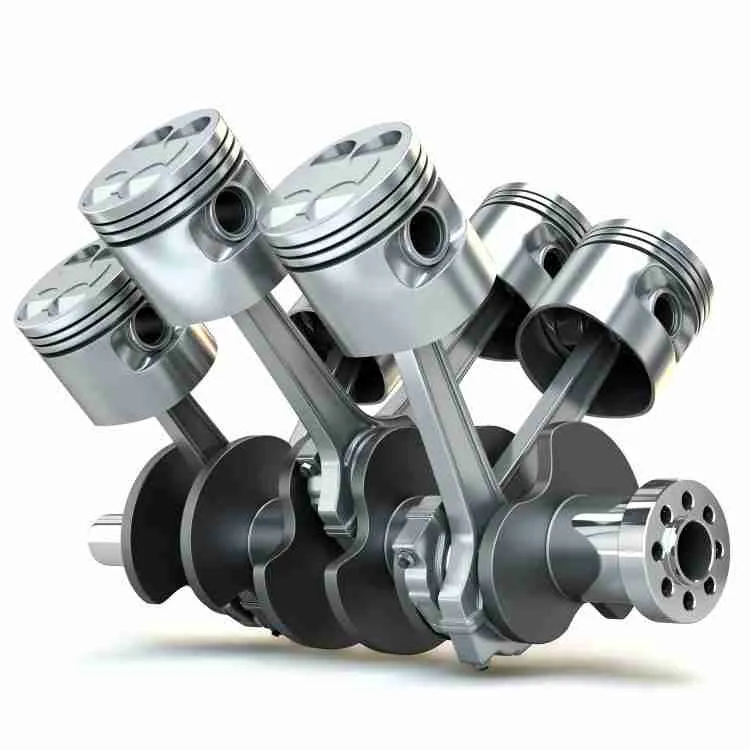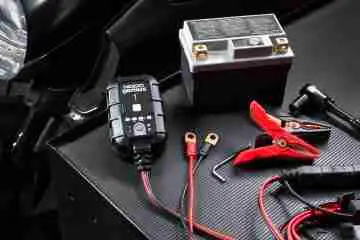Can You Turn Off Cylinder Deactivation?

Cylinder deactivation is a technique used in multi-cylinder engine cars to improve fuel economy and engine efficiency. Also known as Active Fuel Management (AFM), this trick is popular among car manufacturers, including Chevrolet, Cadillac, Lamborghini, Mazda, and Mercedes Bends. Typically, it involves the deactivation of a set of cylinders, such that their pistons don’t add effort to the attached crankshaft. Although they displace up and down – as they should – they don’t burn any fuel or release any exhaust fumes like the other piston cylinders.
However, not all cars are fitted with this technology. A variety of car brands such as Ford and BMW and a few Toyota models don’t employ this technique. For brands that have, this tactic can be initiated and turned off, which generally takes a few engine processes to effect.
Can You Turn Off Cylinder Deactivation?
To initiate cylinder deactivation, it’ll require a few variables; including the current gear engaged, the torque produced by the engine, the vehicle speed, and the engine speed.
Once these parameters are determined, the engine is made ready for deactivation. The ignition timing of inactive cylinders is significantly reduced, and the gas exchange valves are deactivated and shut off. At this point, cylinder deactivation is engaged.
However, as Pat Goss, a court-qualified general automotive expert and the Motor Week automotive magazine author suggests, you can’t downright turn off cars with cylinder deactivation, but it’s possible. He remarks that turning it off is a chronology of processes that build on one another. It requires a re-tuning of the Engine Control Module (EMC), an electronic control unit managing a series of actuators on internal engine combustion. You can also re-tune the Body control module (BDM) and reprogram the electrical system controlling the valves to moderate the Variable Valve Timing (VVT) systematically. While abruptly deactivating a cylinder turns off fuel injectors, the opposite is usually true. Turning off cylinder deactivation is possible but not as easy as activating cylinder de-activation.
How to disable cylinder deactivation on your vehicle
There are two practical ways of turning off cylinder deactivation.
• Installation of an active fuel management disabler. It’s an electronic device that is plugged into the ODM-II port. It works by programming the computer to not switch to the four-cylinder model.
• Installation of an active fuel management delete kit. Before installing this kit, you need to upgrade to a non-AFM camshaft to prevent a misfire code. Besides, you will need to turn the AFM system off by custom tuning or to use a computer programmer.
Does turning on cylinder deactivation help your engine?
While cylinder deactivation has become common in the modern-day automotive industry, it also has its ugly side. This technique can have nerving effects on your engine and can reduce its lifespan. However, the consequences can’t be as much for modern engine designs because engineers now design them to withstand the effects. They aren’t indomitable either. The disadvantages of cylinder deactivation include:
I. Formation of pressure pulses inside the common rail
The sudden deactivation of cylinders abruptly shuts off injectors, resulting in pressure pulses in the Common Rail System. In severe cases, this leads to the Common Rail injector breaking down and inhibit fuel use optimization.
II. Unbalanced vibrations
Taking a few cylinders out of the equation of torque generation creates hydraulic gaps that cause imbalanced vibrations in the engine. An engine designed to balance efficiently for six cylinders will have poor balancing with five or fewer cylinders. This is because different engine cylinders are designed to adapt to varied primary and secondary forces. A three-cylinder engine adapts to primary and secondary forces, whereas a four-cylinder engine only possesses secondary unbalanced forces. Initiating cylinder deactivation, therefore, disrupts the engine vibration balance.
III. Straining of active cylinders for torque generation and injector balancing
By the law of nature, anything that’s overworked usually wears off faster. Initiating cylinder deactivation puts a load of torque generation on active engine piston cylinders. It can be detrimental in most engines’ injector balancing, particularly those with modern Common Rail Direct Injections, if equipped with Engine Management System-controlled combustion.
Conclusion
Turning off cylinder deactivation is possible in most Active fuel management-enabled cars. However, you may require performing a few simple crucial steps to disable it in your vehicle. One way of doing this is using an AFM delete kit, which replaces the AFM components with standard engine parts. Another simple way that doesn’t require you to do engine dissembling is installing the AFM disabler in the OBD-II port to prevent the computer from switching over to the four-cylinder model.














No Comment